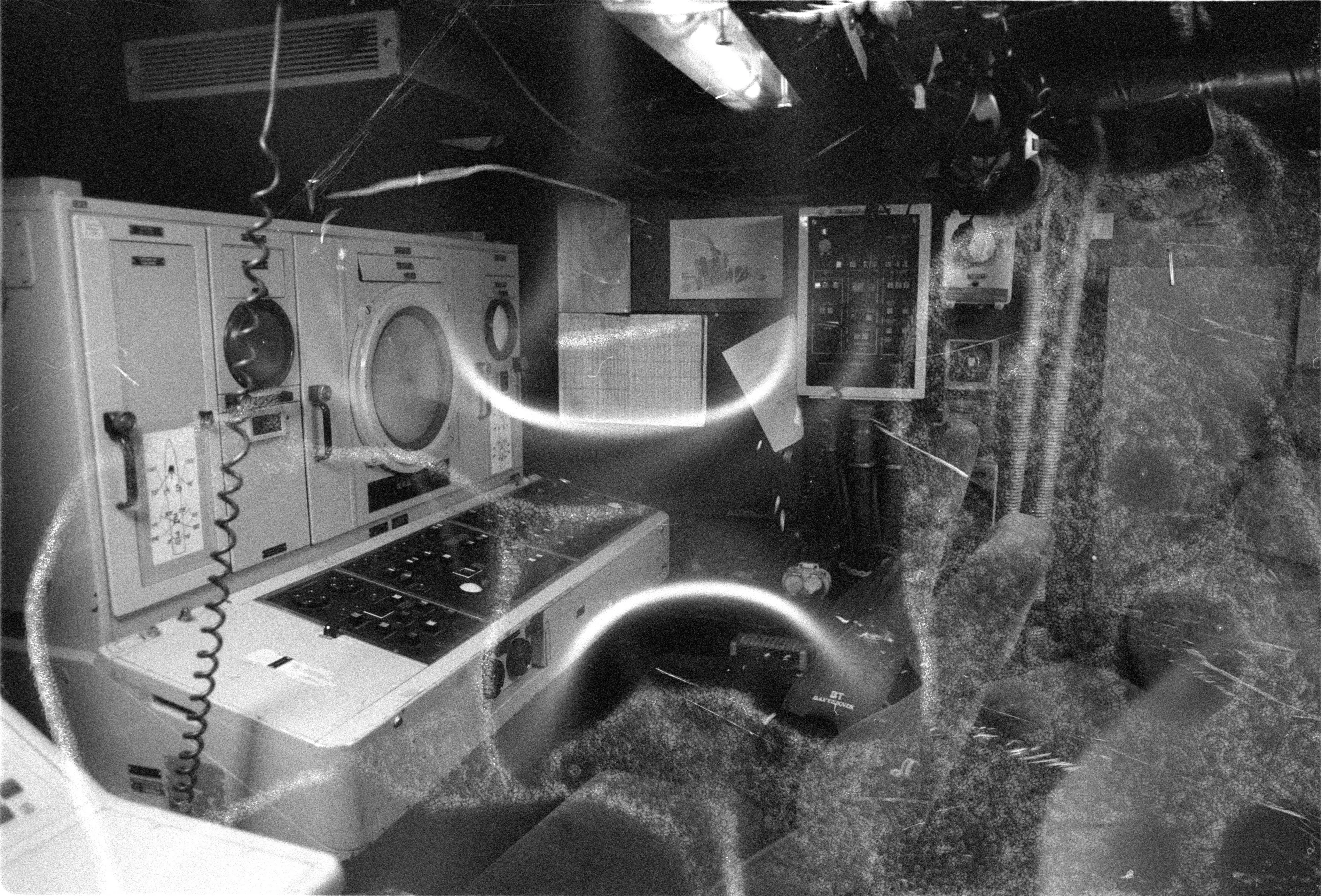Apple used to have a function in macs with FireWire, where if you had T pressed down on the keyboard while booting, the computer booted into a mode where you could use it as a FireWire external hard drive. An insanely useful feature, for migrating files off old machines, installing OS onto a machine without a functional optical drive, quickly stealing your friend's hard drive contents etc.
It's a shame it didn't really take off as a more common feature. It would be a useful feature in so many situations, nowadays the closest I can get to it is a custom USB stick with a linux distro that tries to discover all volumes and expose them as network drives, but it's a lot more complicated to use than just having something you plug in and it simply works. I'd love it if they did a similar thing with thunderbolt, but as far as I know it's no longer an option.








Yep – despite the death of Blockbuster et al., I still choose to 'rent my content. Pay no mind to the appearance of the apostrophe. Truth be told, I'd still be willing to pay for video rental if they didn't choose to overcharge for HD versions. 3-4 € for a single watch of the film in blu-ray quality 4k would be perfectly reasonable, however the platform locks (no Linux etc.) due to DRM make that option not viable even if it did exist, as I don't have any devices that could consume the content.